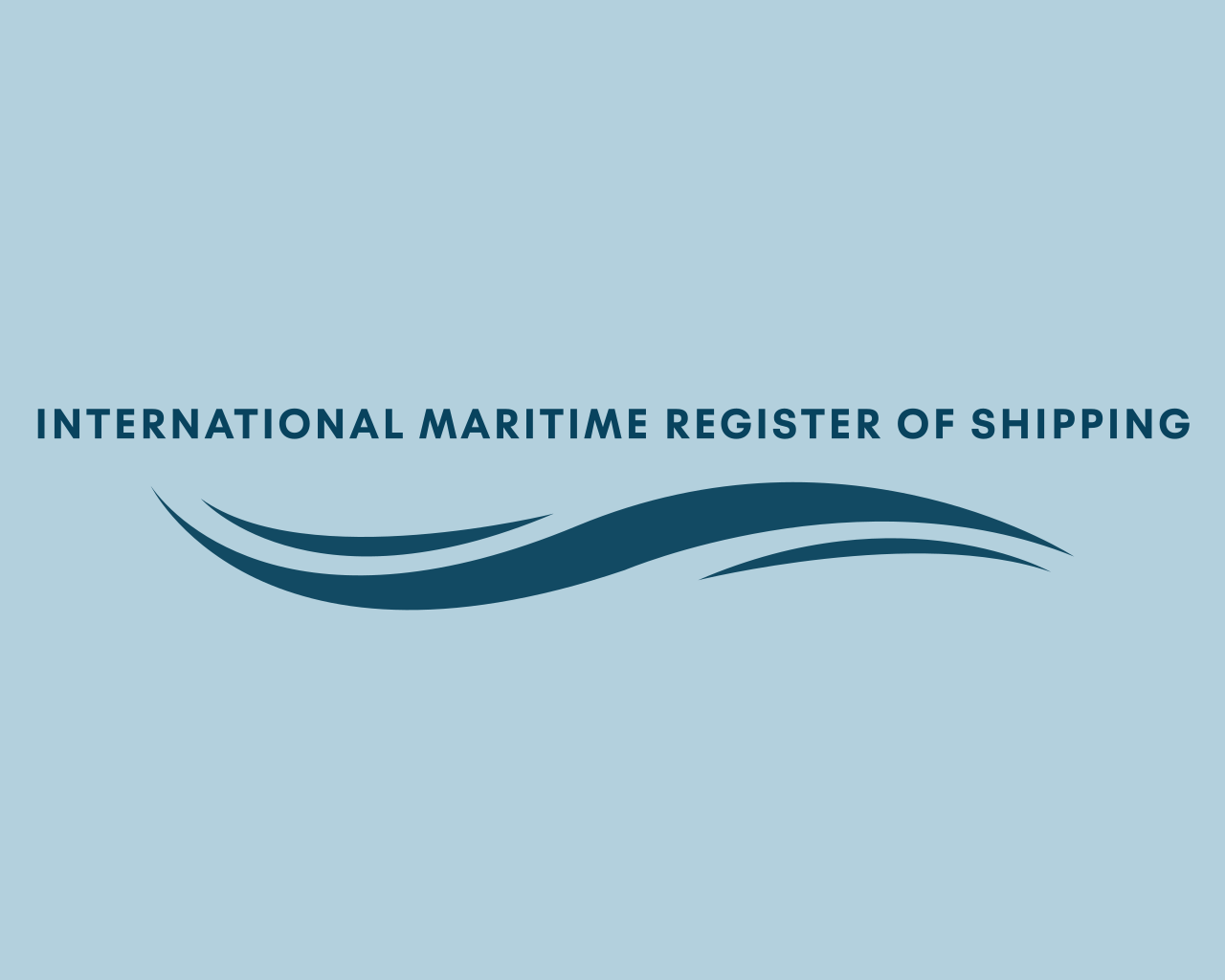Tonnage measurement
Statutory
Tonnage measurement for ships follows specific guidelines outlined by the International Convention on Tonnage Measurement of Ships (ITCMS), established by the International Maritime Organization (IMO).
Tonnage measurements for ships do not directly reflect the exact internal volume of the vessel. Instead, they utilize mathematical formulas and equations to derive a reference number that indicates the vessel’s size and capacity. This reference number is standardized and used for administrative, regulatory, and commercial purposes within the maritime industry.
The International Convention on Tonnage Measurement of Ships (ITCMS) establishes specific formulas for calculating both Gross Tonnage (GT) and Net Tonnage (NT). These formulas take into account various factors such as the dimensions of the ship, the shape of its compartments, and the intended use of different spaces onboard.
While these tonnage measurements provide a standardized reference for comparing and categorizing ships, they do not precisely represent the vessel’s actual internal volume. Rather, they offer a consistent and universally recognized indication of a ship’s size and capacity, facilitating regulatory compliance, port operations, and commercial transactions in the maritime domain.
Here’s an overview of the process:
Select the Appropriate Method: The ITCMS offers two primary methods for tonnage measurement: the “Gross Tonnage” (GT) and the “Net Tonnage” (NT). Gross Tonnage indicates the total internal volume of a ship, including all enclosed spaces, while Net Tonnage indicate the volume available for cargo and passengers after deducting certain spaces such as machinery spaces, crew accommodation, and navigation areas.
Prepare for Measurement: Before the measurement process begins, prepare all plans and drawings to be used during calculation process
Calculate Gross Tonnage: For Gross Tonnage calculation, the ITCMS formula considers the total volume of all enclosed spaces, adjusting for factors such as the shape and size of compartments. This calculation may involve applying mathematical formulas and corrections to ensure accuracy.
Calculate Net Tonnage: Once the Gross Tonnage is determined, deductions are made for certain spaces not intended for cargo or passengers, such as machinery spaces, crew accommodation, and navigation areas. The resulting figure represents the Net Tonnage of the ship.
Document and Certification: Upon completion of the measurement process, the surveyors document their findings and issue the International Tonnage Certificate (ITC). This certificate serves as official proof of the ship’s tonnage measurement and compliance with international standards.
Throughout the measurement process, adherence to standardized procedures and accuracy in calculations are essential to ensure consistency and reliability in tonnage measurement across different vessels. Additionally, surveyors conducting these measurements must possess the necessary qualifications and training to perform their duties effectively.

